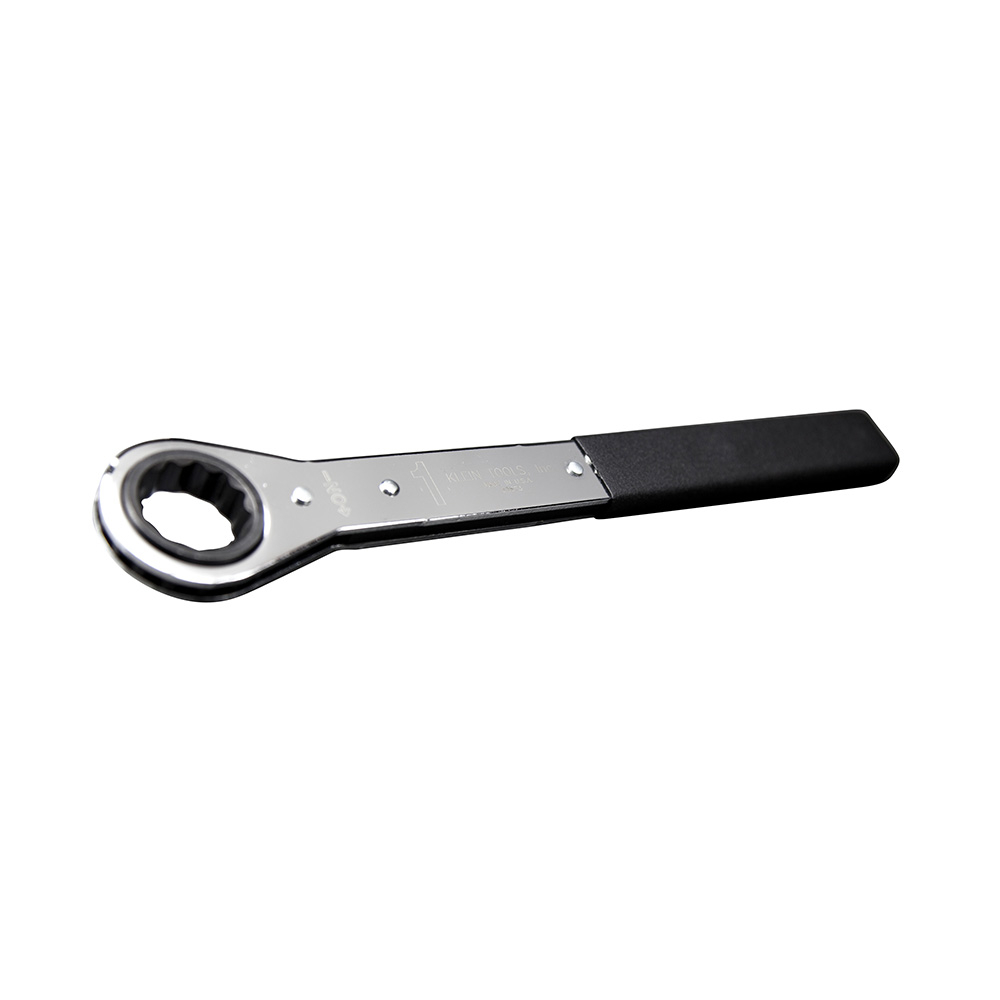conrad1
Aerospace
- Jul 20, 2017
- 18
Gents,
I´m looking for a screw similar to the NAS1351 screw but with another head drive. Obviously, the internal hex at the NAS1351 does only give accessibility every 60 degree. Is there a screw/ head type which provides a better accesibility?
I found a German LN29949 aerospace screw (socket head cap screw) which seems to have a double hex. But the thread is a metric one. I´m looking for a UNJF thread.
Thanks in advance!
conrad
I´m looking for a screw similar to the NAS1351 screw but with another head drive. Obviously, the internal hex at the NAS1351 does only give accessibility every 60 degree. Is there a screw/ head type which provides a better accesibility?
I found a German LN29949 aerospace screw (socket head cap screw) which seems to have a double hex. But the thread is a metric one. I´m looking for a UNJF thread.
Thanks in advance!
conrad

